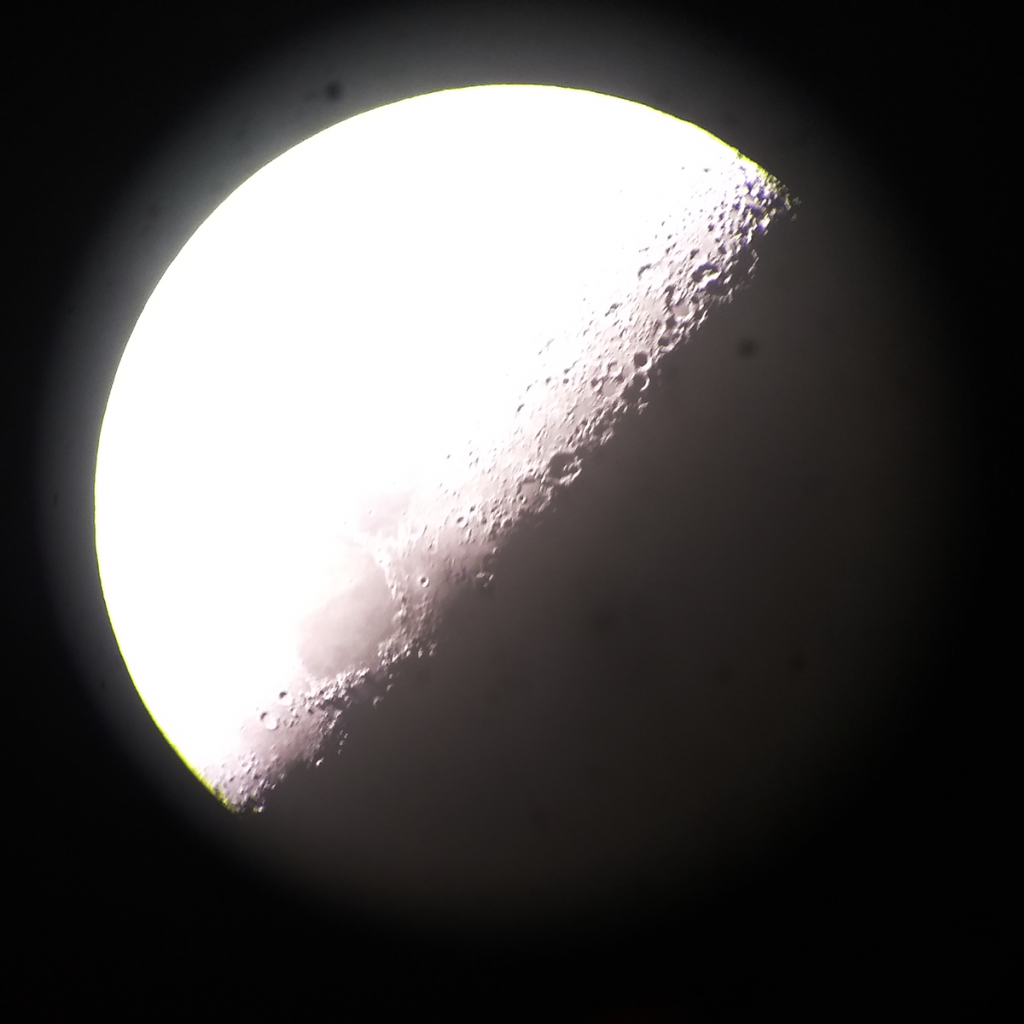
It is possible to snap a photo of the moon through the antique Clark refractor telescope. It’s just not very easy.
Discoveries in the Physics & Astronomy shop | Science, curiosities, and surprises

It is possible to snap a photo of the moon through the antique Clark refractor telescope. It’s just not very easy.
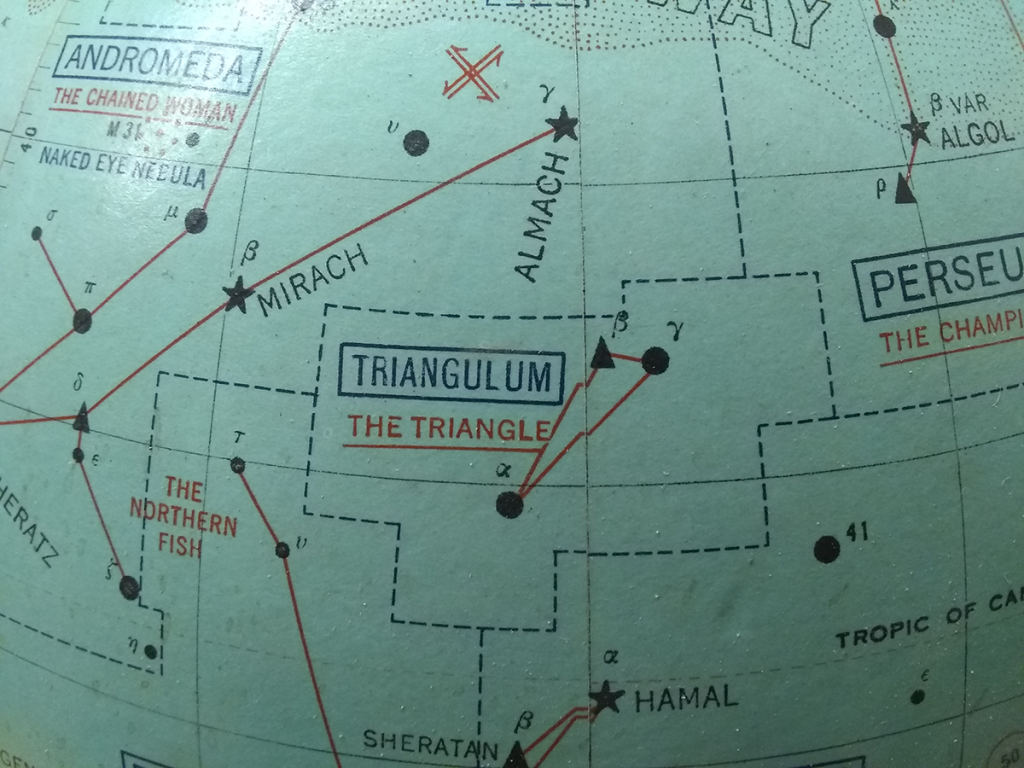
For the most part, deciding on constellations is hard. A few really stand out (Orion, Cassiopeia) as do a number of bold asterisms (the Big Dipper in Ursa Major, the Teapot in Sagittarius). The rest of the sky, where there are stars but no super-obvious pattern stands out? Oof.
Picking all 88 sounds like a beastly challenge.
Still… sometimes it seems like someone just starting phoning it in in the end.
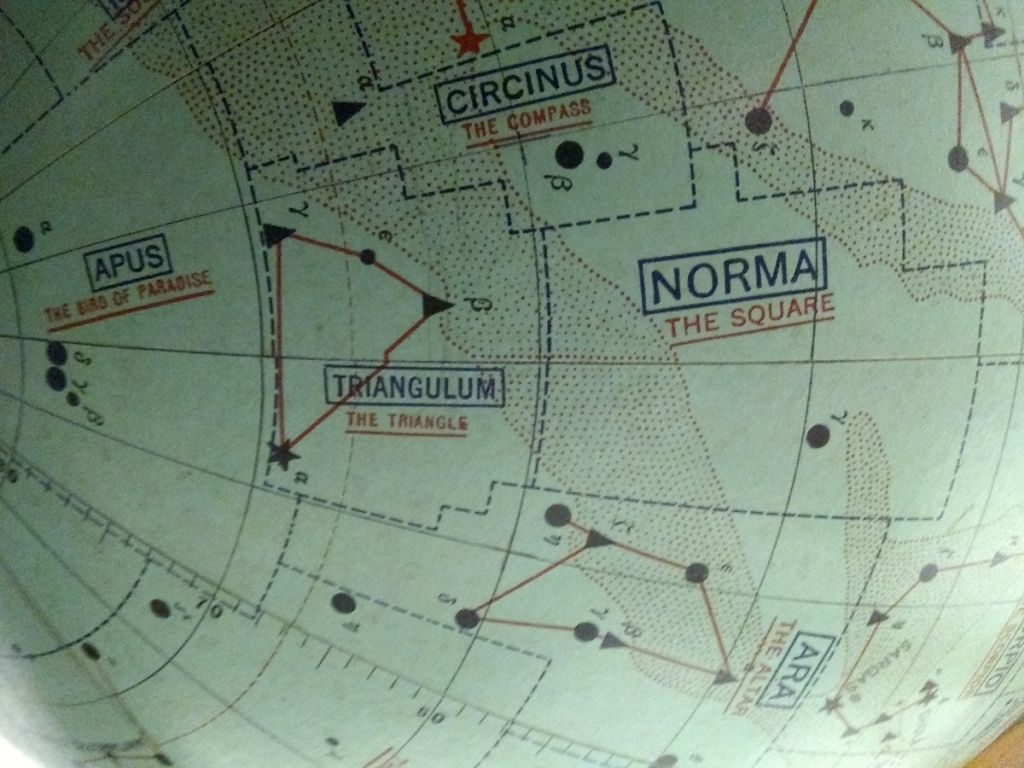
Declaring Norma to be a carpenter’s square isn’t helping your case.
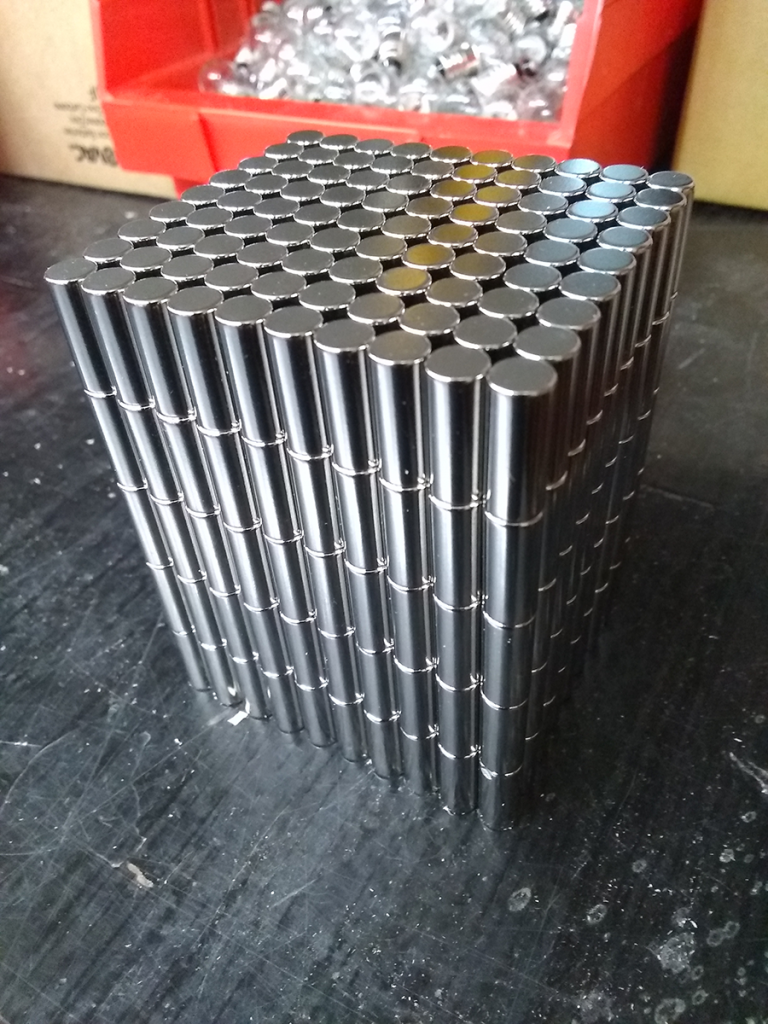
‘Tis that most joyous of days in the beginning of the semester: physics toy kit day! A bag full of odds and ends, perfect for playing, experimenting, and providing tactile bits to use when working through physics problems. Batteries, compasses, various wires, polarizing filters, nails, magnets, and balloons. Always balloons.
Each kit contains two small neodymium magnets, because magnets are amazing. First, you’re bound to stick them together, then spin one around and feel them repel. Surprisingly strong such wee little cylinders. Then check what they stick to around you: whether or not they feel attracted to stainless steel is always intriguing. (The answer is: depends on the type of steel and how it was formed.) Stick them together across a string and let it hang: you’ve built a compass!
Pay attention to the time and location of the sun – or Polaris if you’re pulling an all-nighter – and you can tell which pole of your magnets is which. Maybe it’ll come in handy?
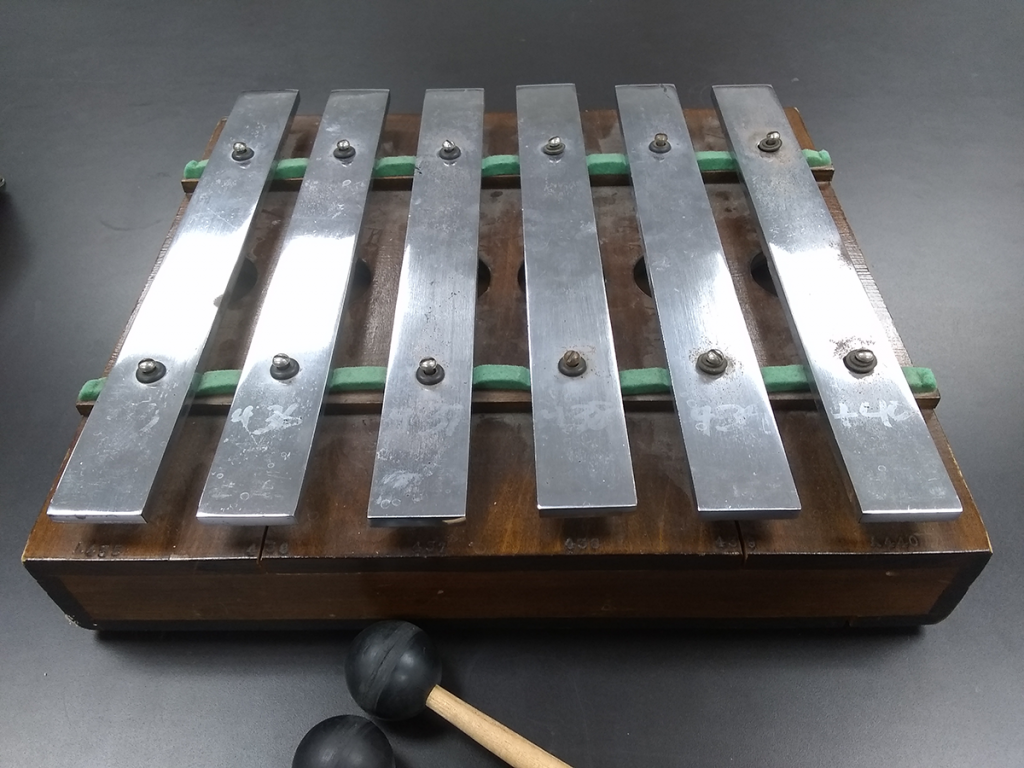
In acoustics, there’s a phenomenon known as beats, which is when two similar tones generate an interference pattern that sounds like a pulsing beat. It happens with waves of all kinds, waves being moving energy and all that, but sometimes it’s easier to really get the sensation when you hear it. Graphing out the sinusoids and showing the constructive and destructive interference helps explain it. Hearing that wubwubwubwubwub cements it.
We have what looks, at first glance, like a glockenspiel, with its metal bars all in a row. Tap one with the mallet, and it sounds almost the same as the one next to it. Almost. Tap two at once, and you get the beats.
At one end, it’s 440 Hz. Then 439, 438, 437, 436, and 435 Hz. Not only can you hear the beats, but you can very clearly hear the change in beat frequency as you combine tones in different combinations. It’s very cool.
Also quite unnerving after a while. woobwoobwoobwoobwoob
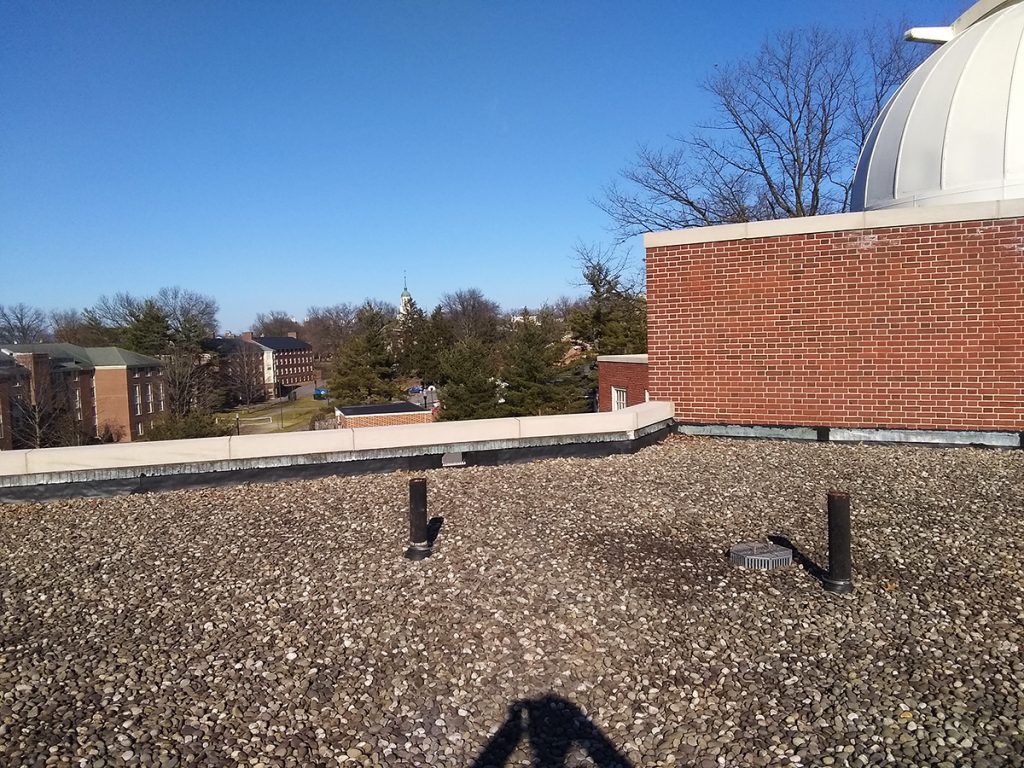
It’s only one story up, and not the highest open view on campus, but the view from the top of the Observatory roof is special in one important way: virtually no one else gets to climb up and take in the sights.
On a breezy January day, it’s best to make one’s appreciation brief, sun or no sun. Brrr.
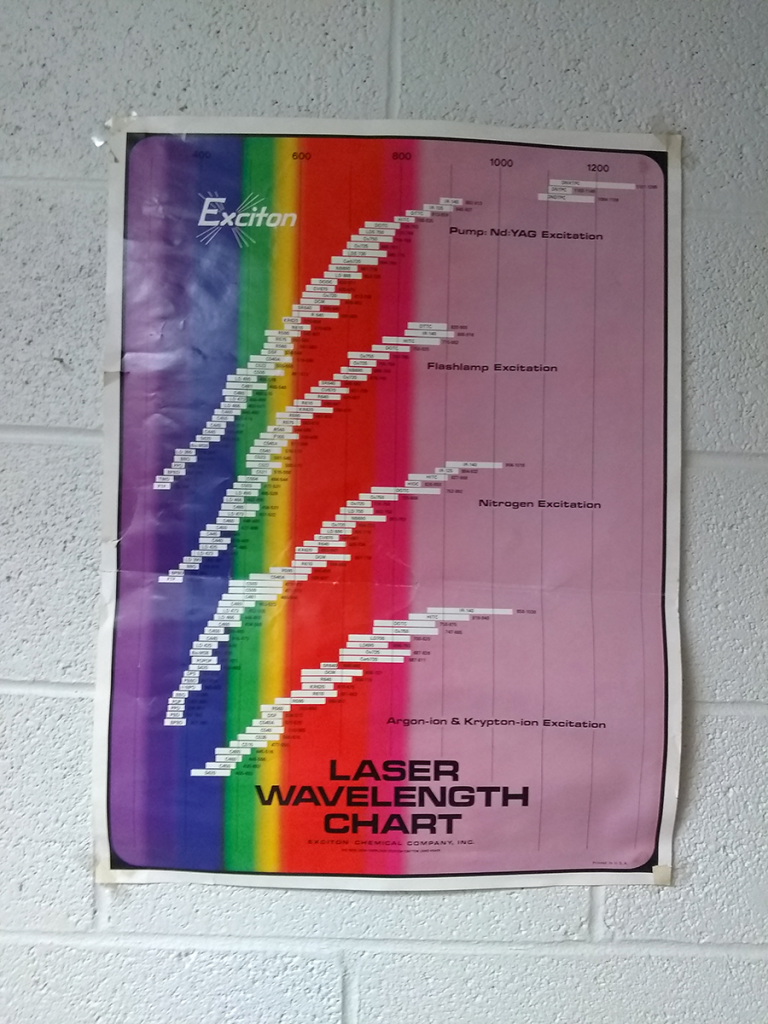
Physicists don’t particularly like bare concrete block walls any more than the rest of us. Lasers: available in a rainbow of eye-searing colors!
(Always practice safety when using lasers.)